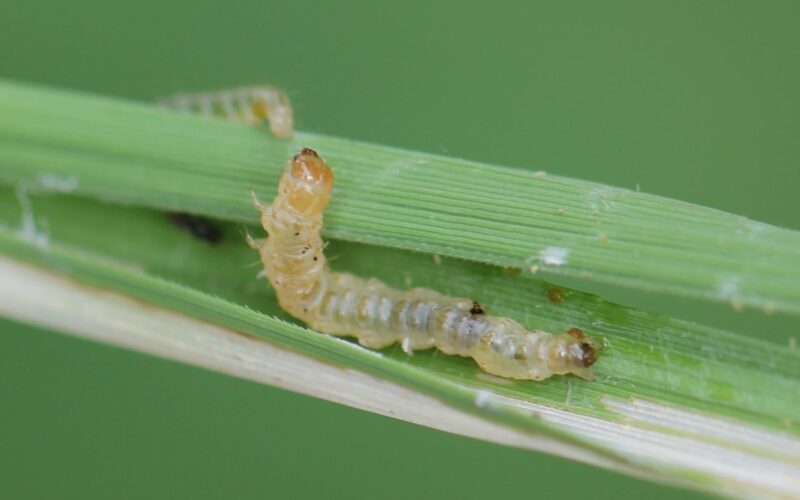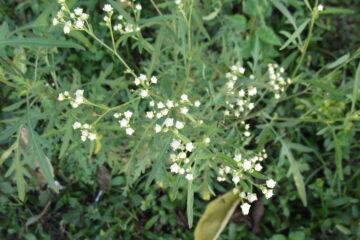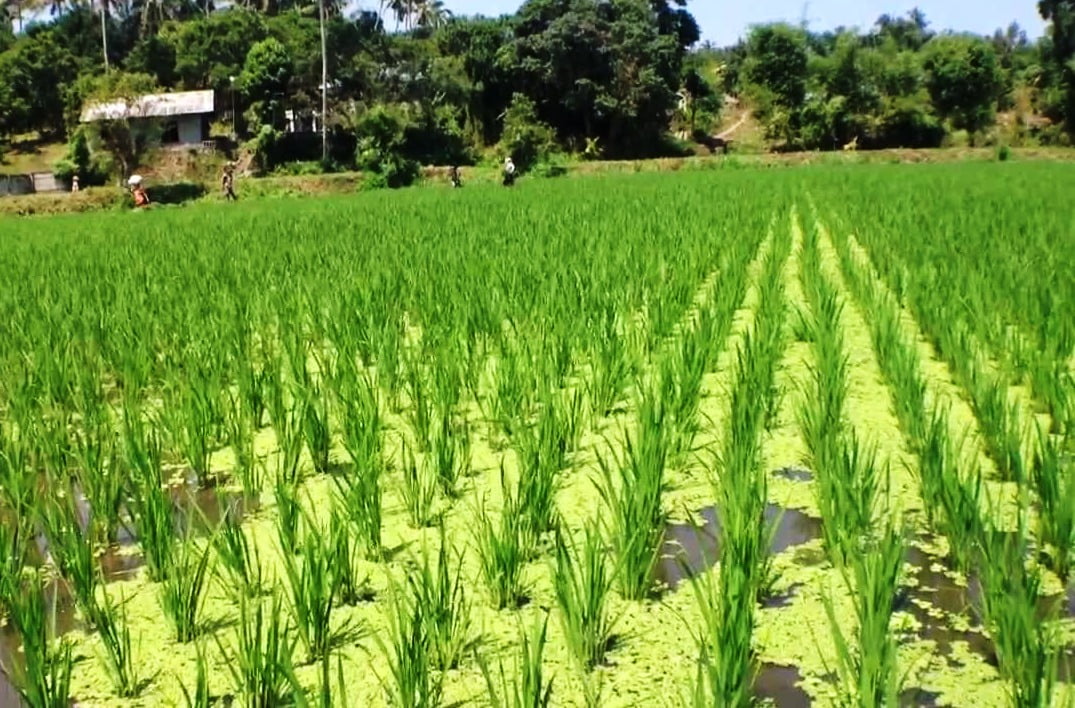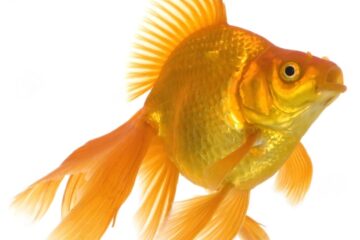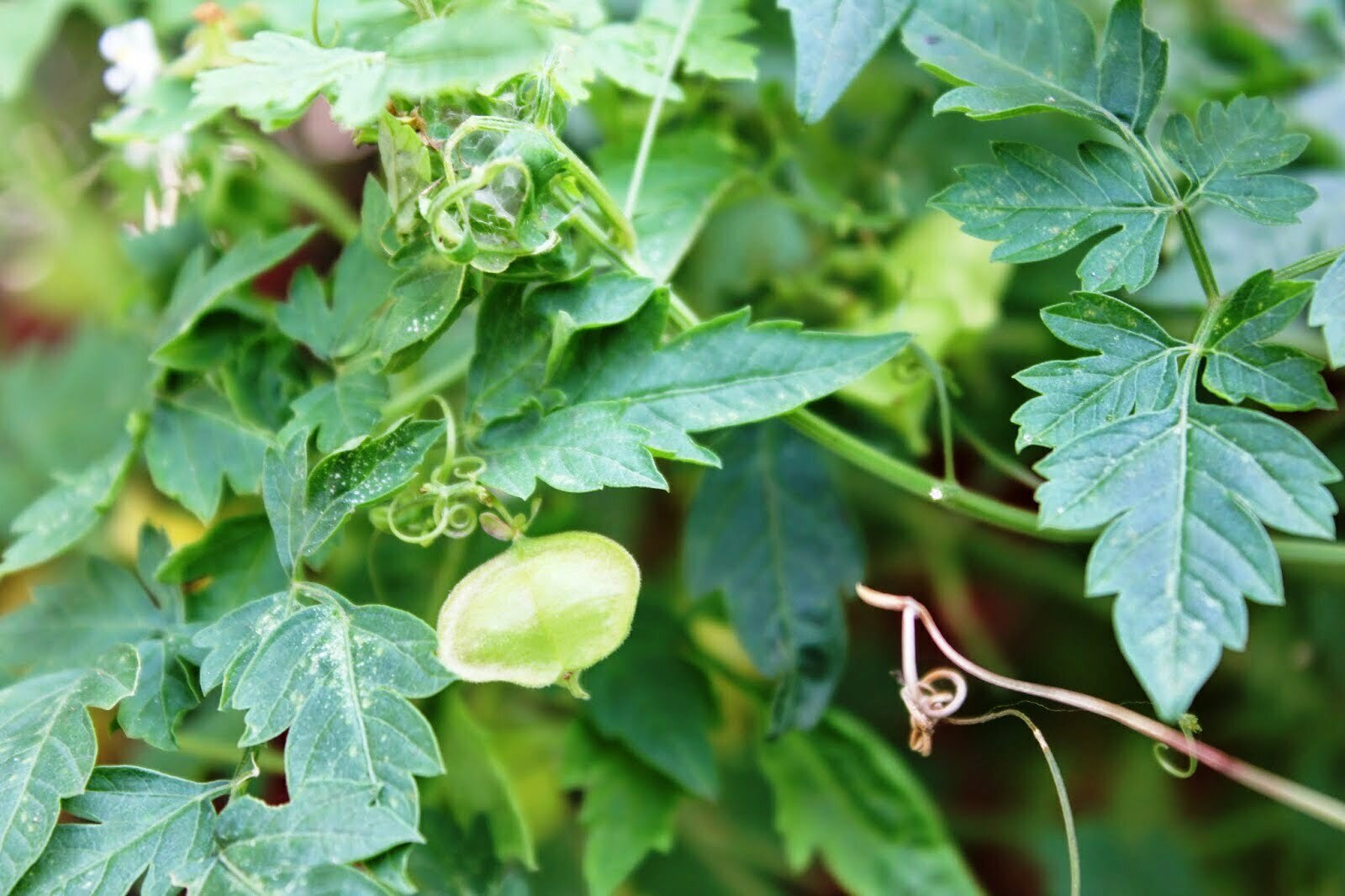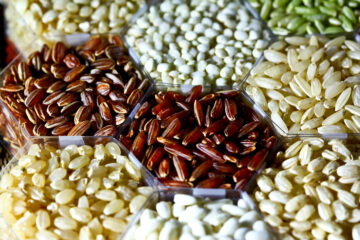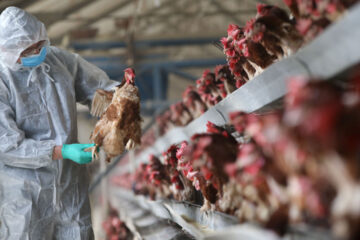Published in November 2017
Paddy is cultivated in 563 districts across India. From sowing to harvest, various pests attack these crops, resulting in a 25-30% loss in yield. Globally, there are 11 species of leaf roller caterpillars that attack paddy crops, with 7 species found in India causing damage. Here’s how to control these pests:
Eggs:
Female moths lay small, flat, white eggs in rows near the midrib of young leaves, laying up to 300 eggs.
Young Caterpillars:
After 4-7 days, yellowish-green young caterpillars hatch. The caterpillar stage lasts 15-27 days. The caterpillars, found in rolled leaves, develop into moths in 6-8 days.
Moths:
The adult moth is yellowish-brown with wavy dark lines on its fore and hind wings and dark brown bands at the wing edges. Its lifespan is 26-42 days.
Conditions Favoring Infestation:
Heavy shading in fields and moderate temperatures from October to January increase infestation risk.
Damage Symptoms:
Caterpillars feed on the base of unopened leaves, which then fold and are held together by fine silk threads. Feeding results in white streaks on the leaves. One caterpillar can damage 3-4 leaves. Initial attacks occur in shaded areas and field margins before spreading rapidly. Economic damage includes 10% leaf damage during early growth and 5% during the flowering stage.
Control Methods:
- Ensure fields are free from shade.
- Keep fields and margins weed-free.
- Use light traps at a rate of one per 5 acres, placed 20 feet away from the field, to attract and destroy moths.
- Release Trichogramma chilonis egg parasitoids at 2 cc per acre (40,000 eggs) three times at 37, 44, and 51 days after planting.
- Apply neem cake mixed with urea to split the tillers.
- Protect and promote beneficial insects such as ground beetles, parasitic wasps, longhorned grasshoppers, water striders, backswimmers, dragonflies, and spiders.
Recommended Pesticides:
- Apply 400 ml of neem oil-based Azadirachtin 0.03% or a 5% neem seed kernel extract in 200 liters of water per acre.
- Use any of the following pesticides mixed in 200 liters of water per acre, applied in the morning or evening:
- Flubendiamide 39.35 SC, 20 ml
- Flubendiamide 20 WG, 50 g
- Probenofos 50 EC, 400 ml
- Cartap hydrochloride 50 SP, 400 g
- Chlorantraniliprole 18.5 SC, 60 ml
- Chlorantraniliprole 4G, 4 kg
- Triazophos 40 EC, 400 ml
- Chlorpyrifos 20 EC, 500 ml
- Dichlorvos 76 WSC, 250 ml
- Phosphamidon 40 SL, 240 ml
Dr. Raja. Ramesh, Assistant Professor, Agricultural Science Center, Needamangalam, Thiruvarur – 614 404.

